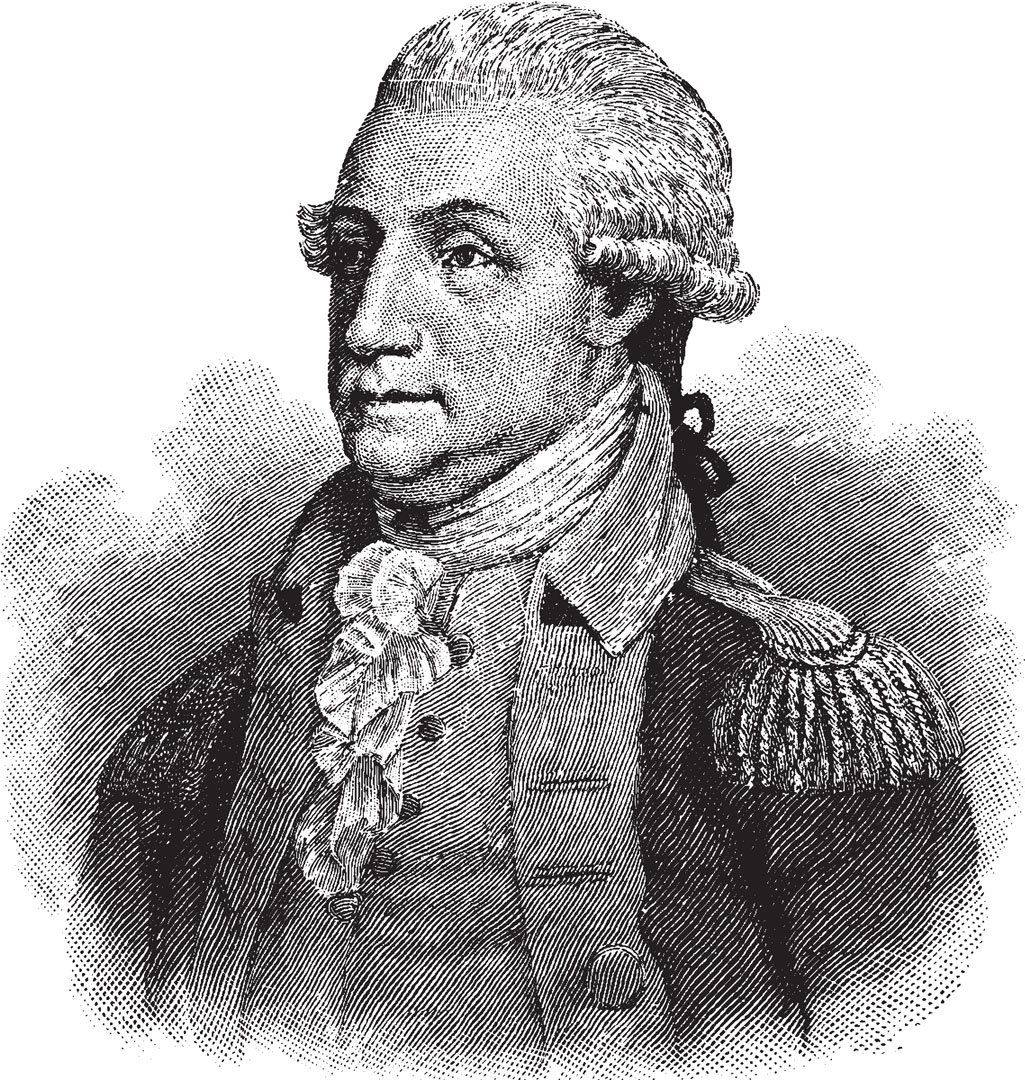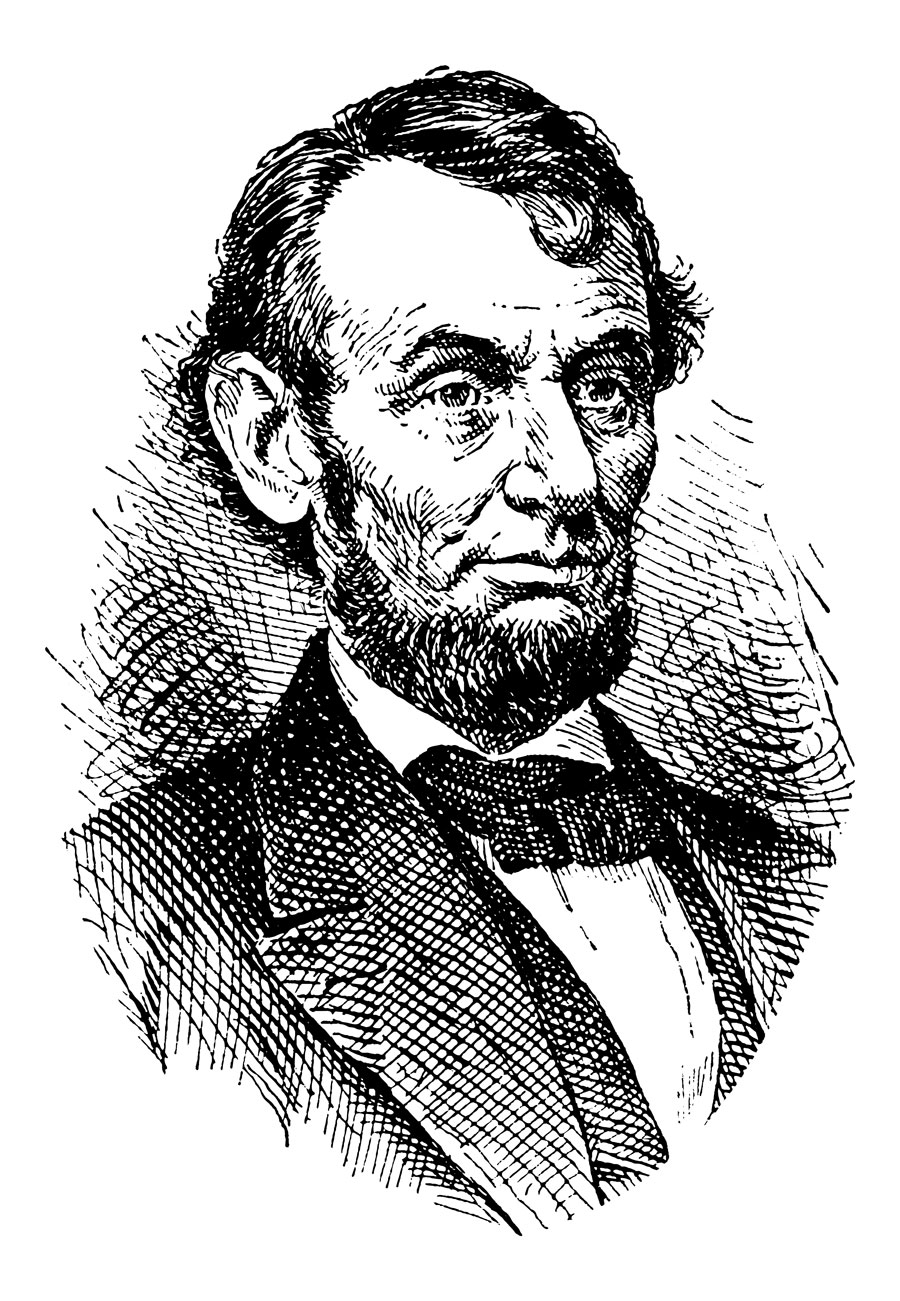A presidential holiday that takes precedence in February

George Washington, first president of the United States.
In elementary schools and even preschools around the country, it would seem Presidents Day gets the love, well, at least the acknowledgment. Coloring pictures of George Washington and Abraham Lincoln, learning about the two presidents and maybe enjoying red, white and blue snacks are some of the classroom activities inspired by the annual holiday. For the rest of us, it means a day off.
Presidents Day has an interesting history. President Washington’s hero status was ubiquitous in America at the time: commander in chief of the Continental Army during the Revolutionary War leading colonial forces to supplant the British and serving as first president of the U.S. for two terms. Historians say that Washington realized the precedent he would set for future presidents so he aspired to leave a legacy of integrity and grit. When Washington passed away in December 1799, America unofficially observed his birthday, February 22, beginning in 1800.
The 16th president, Lincoln, had a challenging life. Born into poverty on February 12, 1809, Lincoln educated himself to include becoming a lawyer. Lincoln and his wife had four children but only one made it to adulthood. When he became president, Lincoln became the leader during the Civil War. His Emancipation Proclamation pushed for the abolition of slavery which made him unpopular with Southern constituents and ultimately led to his assassination. Lincoln’s legacy is one of respect and as a martyr for equal rights for all people.

United States 16th president, Abraham Lincoln.
By 1870, five years after the end of the Civil War, Presidents Day became a recognized federal holiday on Washington’s actual birthday but only in Washington, D.C. By 1885, it was observed throughout the entire country.
Fast forward to the late 1960s. To help the American worker enjoy established three-day weekends, Congress proposed the Uniform Monday Holiday Act, a bill that made Presidents Day, Memorial Day and Columbus Day on set Mondays every year. The bill also proposed that Lincoln’s birthday also be observed along with Washington’s. In 1968, President Richard Nixon signed an executive order to make Presidents Day the third Monday in February, and the holiday began to coincide with retail sales and patriotic events in Washington D.C. and across the country.
Today, many have come to think of Presidents Day as a day to recognize all 46 of the U.S. chief executives but Washington and Lincoln remain the archetypes for the holiday – and rightly so.
By Hollen Wheeler; courtesy images